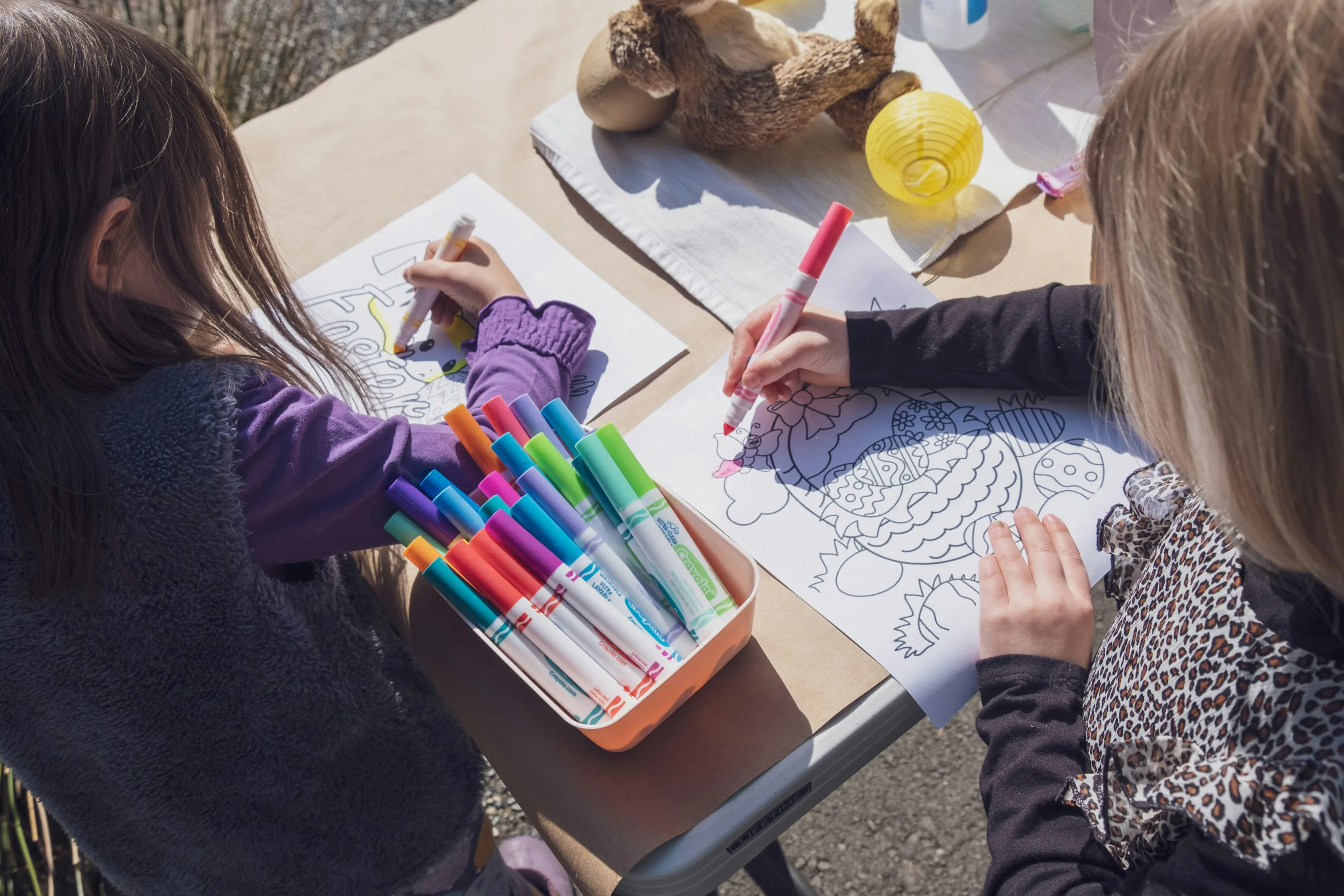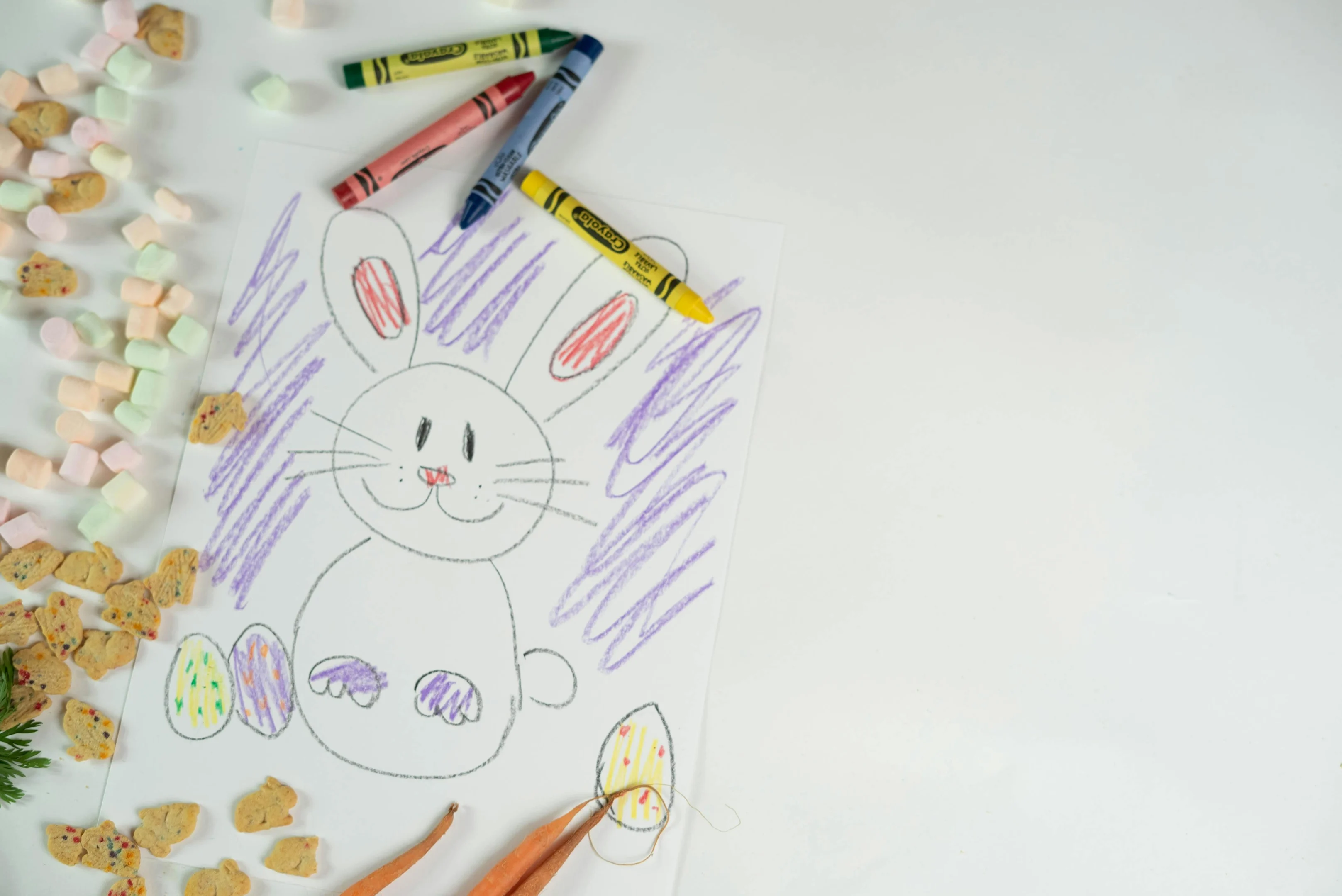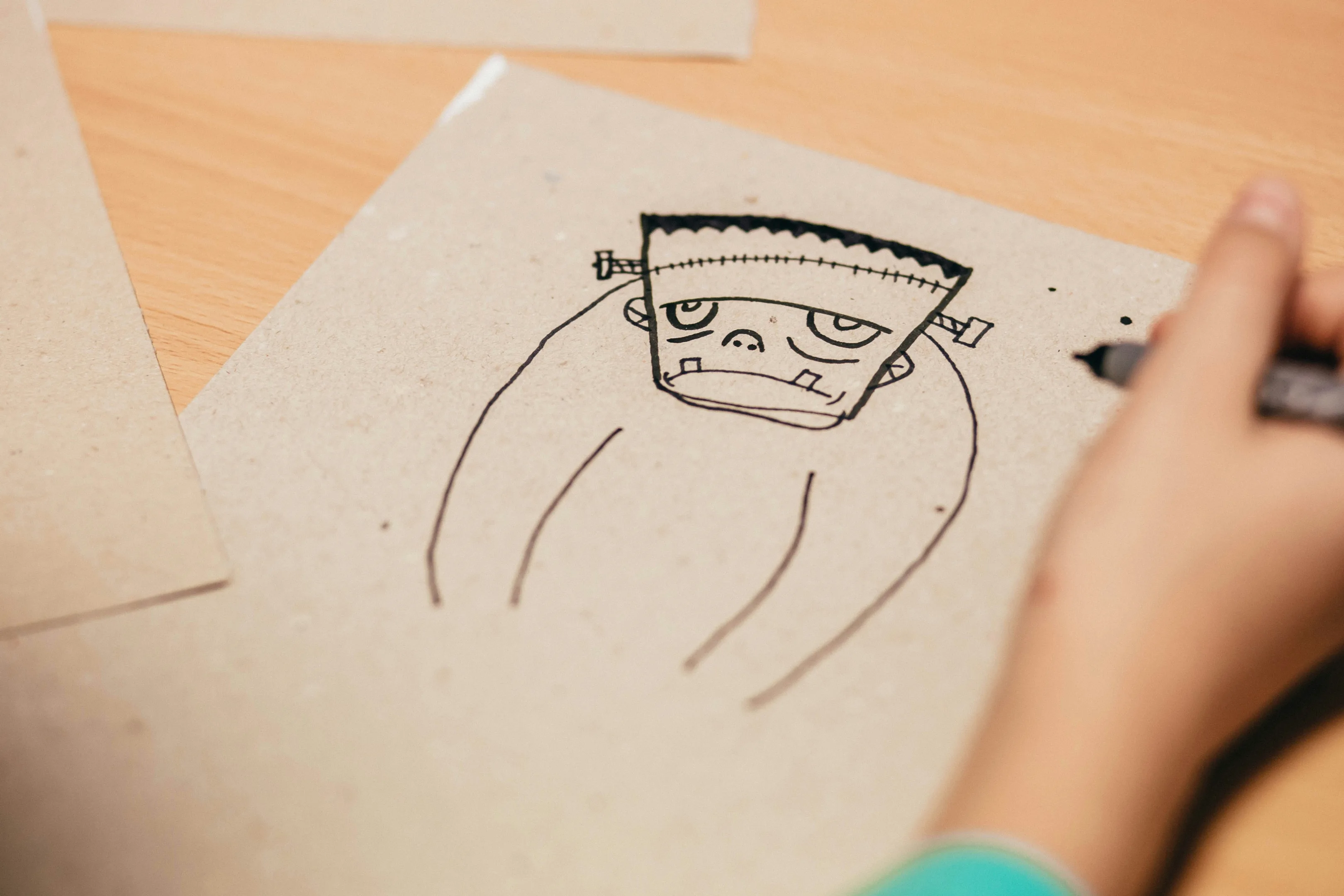
Do you love drawing? Do you love playing games? In that case, let’s mash the two together and have some fun!
To play the games below, you will either need a large flip chart or a good-sized sketchpad.
I’d suggest that you use paper of size A3, or larger, but if you don’t have any, no need to worry. As long as everyone can clearly see your pictures, you can still play along. You can even use a piece of chalk on a wall if you prefer.
You will also need some way of timing your drawing games. You can use a sand timer or a stopwatch, but if you don’t have either of those, you can set the alarm on your phone or ask one of the players to watch the clock.
Most of these games need a minimum of two players, but there is no maximum number. Just organize yourself into teams and start playing.
Are you ready? OK, check out these most popular drawing games and start drawing.
1. Guess the Animal

Yes, it kind of does what it says in the title, but this drawing game is still a lot of fun. Have a list of lots of different animals prepared before you start to play.
For younger children:
Split into two teams.
Nominate an artist for each team.
The artist has 30 seconds to draw an animal, and their team has to guess what it is before the time runs out.
If the other team guesses correctly, they get one point and stay in play. Their team artist gets to keep drawing animals until the sand runs out.
But if a player guesses wrong, the play switches to the other team, and their artist has to start drawing an animal for their team to guess.
The first team to score five points is the winner.
For older children:
Play the drawing game exactly as above; the only difference is that the artists have to draw with a blindfold on.
This game is great for developing teamwork, artwork, and the confidence to get up and have a go. Children have to learn not to shout out until they are sure of the answer; otherwise, play passes to the other team. It also encourages children to cope with disappointment when they don’t win.
2. Guess What I’m Having for Dinner
This is a great drawing game to complement topics where you are learning about food or healthy eating. It’s also a good way of finding out what the children already know about food.
You will need:
2 teams
2 flip charts or similar drawing opportunity
2 different lists of food
What to do:
Organize the players into 2 teams.
On each flip chart, draw a large circle (as an empty plate).
Nominate an artist to go first from each team.
Give each artist a list of foods. (This can be pictures or words, depending on your children.)
Say ready, steady, go!
The artists from both teams have to race against each other to draw as many of the foods on the plate as they can.
Every time a player on their team guesses one of the foods correctly, they get a point.
Other players can shout out as many guesses as they want to as their artist draws.
When the timer runs out, stop the game and count up how many points each team has to see which team is the winner.
Repeat with different lists of menus and different players as the artists.
This drawing game also develops teamwork, and you can make it as easy or difficult as you need to by changing the food. For younger children, you can use single, simple-shaped items like an ice cream cone, banana, or sausage. For older children, add in more difficult drawings like lasagna, kebabs, or curry. When the children are familiar with playing the game, you can get them to make their own lists of foods before they play and give them to the opposing team.
3. Body Race

This is a fun drawing challenge that incorporates physical movement as you play.
You will need:
2 teams
2 flip charts or whiteboards
A large space
A whiteboard marker (to act as both a pen and a baton)
What to do:
Organize the players into two teams.
Line each team up, ready for a relay race.
Give the first player on each team the marker pen.
Explain that every player that runs to the flip chart has to add another body part to the person.
Say Ready… Steady… Go!
The first player runs to draw a circle for a face, and runs back to pass the baton on; the second player runs to the whiteboard to draw another circle for a tummy, and so on.
Keep the relay going until there is a full body with features.
When the timer runs out, stop the game and count how many body parts each team managed to draw before the time ran out.
You can alter the difficulty by setting rules; for example, a player can only draw one arm or one eye before they pass the baton on to the next player. You can adapt the difficulty for older children by drawing in more detail.
This game develops team spirit and problem-solving skills and encourages children to think ahead. It’s also competitive, so it gets the children running around without them even realizing it, which is great for active learning.
4. Dreadful Drawings

This is a very popular game with some of the younger children in my family. They just love to be frightened!
You will need:
A group of children
1 flipchart
What to do:
Start the game by modeling for the children how to play.
Tell them that this is a game about things that scare us.
Draw something on the flipchart that you think is scary or frightening, and ask the children to guess what it is as you draw.
It could be a spider’s web, a snake with pointy fangs, a monster, or perhaps a ghost.
Invite the children to be really brave and come up to draw what they are afraid of.
Everyone else has to guess as they draw.
This is a great opportunity to talk about our fears, what we are most scared of, and our feelings. If some children don’t want to take part, that’s absolutely fine; leave them be. Just listening to the fears of others can sometimes help children realize that we all have fears, and they will join in when they are ready.
5. Finish the Word
This game only takes a few minutes to play, but it’s a great way to recap knowledge and consolidate learning without the children even realizing it.
What you need:
A flipchart or similar
What to do:
At the end of a topic, pick out all the keywords that you have been learning about.
Write a heading on the flip chart; for example, if you have been learning about the Romans, write The Romans.
Next, tell the children you will start writing words associated with the Romans.
The first person to guess the word will get the points.
Start to write out words very slowly, for example, c-e-n-t-u-r-i-o-n.
You may also choose words like straight roads, Roman baths, mosaics, gold coins, or whatever is related to the topic you’ve been learning about.
Write the first letter and ask the children to shout out what they think the word could be.
If anyone guesses from 1 letter, they get 5 points; 2 letters are four points; 3 letters are two points; and 4 letters are one point.
Count up the scores at the end to see who has the most points.
This game is great for practicing sounding out and spelling keywords. It’s also a good way to consolidate all the learning that has happened after you’ve worked on a particular topic, and you can also assess who has remembered and understood without the pressure of a test.
6. Snail Trail Words
This is a game that also helps to develop a wider and richer vocabulary.
You will need:
A flipchart or smilar
A group of children
What to do:
Explain that you need the children to think of as many words as possible to describe a snail.
Start by writing the word snail in a spiral at the center of the flipchart.
Invite each child to come up, one at a time, and add a new describing word to the spiral so that it gets bigger and bigger.
Words like: slow, shell, feelers, circular, slimy, hiding, foot, brown, lethargic, steady, and gentle.
Encourage the children to keep thinking. They can help each other if they need to.
Keep going until you have exhausted all the words you can think of.
Keep it playful and take all suggestions.
If possible, have a close look at some real snails before you play this game to inspire the children. You can change the focus of this game to generate descriptive words for anything. It’s a great way to learn without any pressure, and it’s a useful game to play before doing creative writing like poetry or story writing. Children who struggle to be descriptive can learn new words from others, and as it’s a game, everyone gets involved in helping each other.
Try it with snake words, elephant words, or butterfly words.
7. Silly Words
This is a lovely game to play when children are just beginning to spell with confidence and are beginning to experiment with blending sounds.
What you need:
A group of children
A whiteboard or writing pad each
What to do:
Give the children a starting letter. For example, ’s’ or ’t’, and tell them they have to make up the silliest word they can.
You can give them a letter count. For example, you can only use 5 letter words, or leave it open.
Give them a little time to make up silly words, and then ask them to read out their words.
The words don’t have to be real words, and they can be as silly as they can be.
This is great for experimenting with word building and is so silly; it’s loads of fun. Use some of the words to make a silly group sentence or silly poem.
Have fun!
